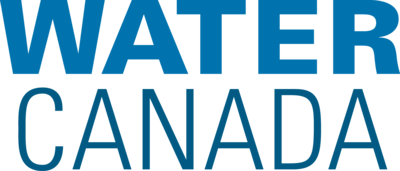WC144 SeptOct 2025 - Magazine - Page 16

alternatives to salt, track changes in salt
levels in streams feeding Lake Muskoka
area and engage and collaborate with Indigenous peoples and youth on the issue.
Community science is obviously a big part
of this.
Yan recognizes that with community
science, the professionals give up some
control, “But that’s worth it,” he says. “You
gain more than you lose by democratizing the goals of the work.” Any variation
added by having many different people
generate the data needs to be quantified,
so training and auditing are key parts of
the work.
Over the past few years, Yan and
Hutchinson have learned how to involve
the community in the science:
You need to communicate differently—
keep it simple, appealing to the heart and
gut, not just the head.
Branding matters, and brands must be
carefully crafted. Being cheeky can work.
Share what you learn with many
audiences. Community scientists are everywhere.
During the winter months, Community Scientists Sandy Cairns (left) and Clarke Smith test
Report back to the community, not just
the water entering into Gull Lake in Gravenhurst to help discover chloride hot spots.
other scientists. Involve youth and all ages.
If possible, let your community science
issues?” asks Yan. “Change happens all the time, but if the
colleagues lead in your communications with government.
change matters to the community, then it’s important,”
A District of Muskoka resolution carried in February of
he says. Community scientists get involved when they
2025 was presented by our citizen scientists with FOTMW
understand that it matters.
scientists for support. The resolution asked the District to
FOTMW has learned community scientists will parreduce road salt use as much as safely possible and report on
ticipate in various kinds of applied science. A larger-scale
its annual use, to develop limited liability legislation with
ash addition is planned for the future and community
contractor training and develop best management pracscientists will play a vital role.
tices for snow and ice management. It also asked them to
FOTMW’s new SALTYMuskoka program also depends
urge the Ontario government to create and fund an expert
on community scientists. Often people think excessive
advisory committee charged to identify best approaches to
road salt usage is something that is out of their control. A
protect fresh and drinking waters from salt. This presentakey knowledge gap is that about 20 per cent of excessive
tion was community science in action.
road salt is used by individuals and small businesses. This
Hundreds of years ago, Sir Francis Bacon coined the
is an area for improvement. SALTYMuskoka will engage
phrase “Knowledge is power.” But knowledge is just step
students and teachers to reduce excessive salt use at schools
one in protecting our environment. It’s useless without
and in communities, establish a SALTY network to track
subsequent action. FOTMW has learned that working with
excessive uses of road salt, engage with lake associations
community scientists can generate the knowledge of trends
to reduce excessive use of salt and engage with owner/
in environmental conditions and also speed the application
operators of parking lots to reduce excessive use of salt
of that knowledge where environmental action is needed.
and start a conversation about SMART ABOUT SALT
Friends of the Muskoka Watershed is a charity with a focus of protecting Muskoka
watersheds forever. To learn more visit fotmw.org
certification. It will also work with store owners to provide
16
WATER C AN ADA • SEP TEMBER/OCTOBER 2025
WAT E R C A N A D A . N E T
Friends of the Muskoka Watershed
STORMWATER